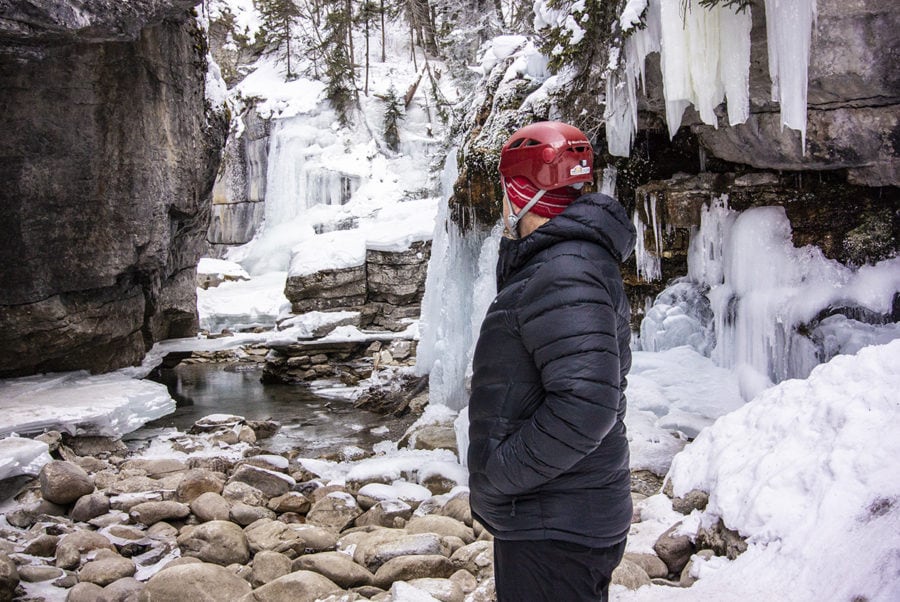Winter is coming: All you need to know about puffer jackets
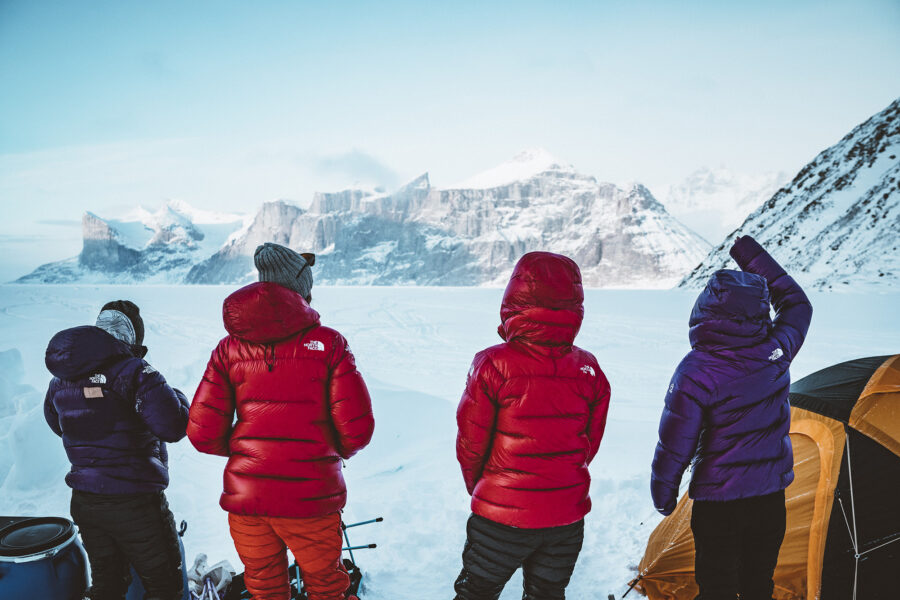
The first whisper of a cold wind, usually around late April or early May, and the puffer jackets start to appear, everywhere from the snow-draped Victorian High Country to the not-so-chilly streets of Sydney. The ‘puffer’ jacket (more correctly known as an insulated jacket) has, in the past decade, become the essential cool accessory (see what we did there) for everyone during the chillier months of the year.
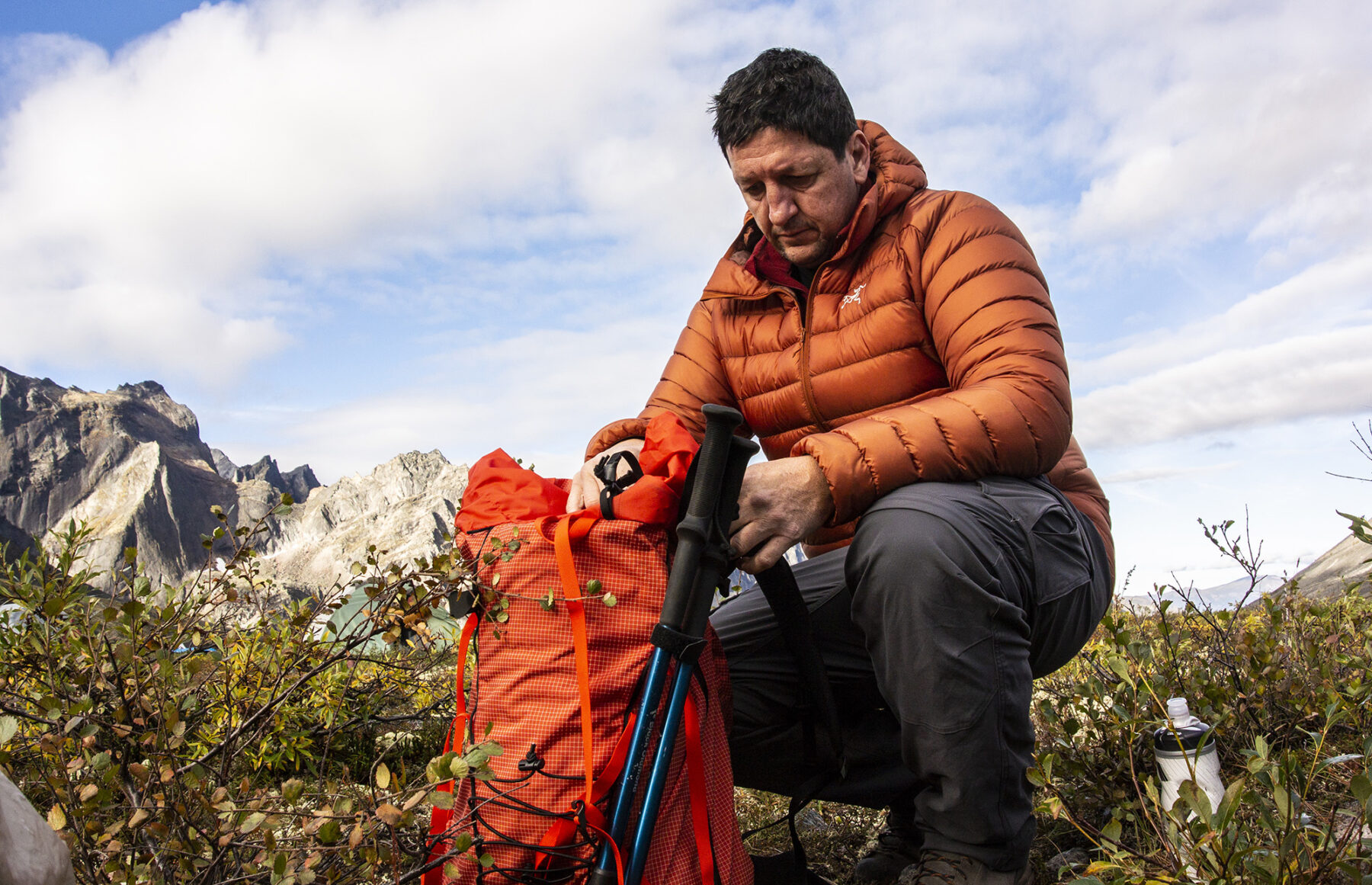
There’s no argument with the warmth they offer the wearer, but the humble insulated jacket is far more than just a winter accessory – it’s actually one of the no-arguments, first packed items of apparel for any outdoor enthusiast and can be used across more than just the winter season.
A specific job task
The insulated jacket is designed specifically to do just that: keep you insulated (read: warm). The key to an insulated jacket’s effectiveness is in its fill. This is, as the name suggests, the natural (in the form of down) or synthetic (polyester, for example) fibre that ‘fills’ the space in-between the outer shell fabric and the inner liner fabric.
The jackets (whether of down or synthetic fill) work to provide warmth by trapping your body heat within tiny air pockets created by the fibres/strands of fill. As an example, one ounce of down can have more than two million filaments, which thus creates a huge amount of tiny air pockets that trap your body heat.
Yep, that’s a bit of heavy-duty tech to digest, but it leads directly on to the next question of which type of fill – natural or synthetic – works best? As usual, there’s no definitive answer, but here goes…
Fill us in: Down vs synthetic
Down: For those after the best warmth-to-weight performance, it’s hard to beat nature, with down (either duck or goose down, or a mix of both) the winner. Down provides more warmth per gram due to its compressibility and thus the sheer number of air pockets produced between each fibre, which means these jackets can be quite light while offering plenty of warmth. If properly cared for, down should also last longer, too, recouping some of the initial higher outlay in price.
Important to note with down is to look for its ‘fill power’ number, also often referred to as its ‘fill index’ (usually a number ranging from 300 to up to 1000). This number translates to how much space one ounce of down takes up in cubic inches. Thus, a jacket with an 800-fill power figure will be warmer than one of a lower number, due to the fact the 800-fill down takes up more space (i.e., it is ‘fluffier’ or ‘puffier’ for want of better descriptions) and thus has more air pockets for your body heat to warm up.
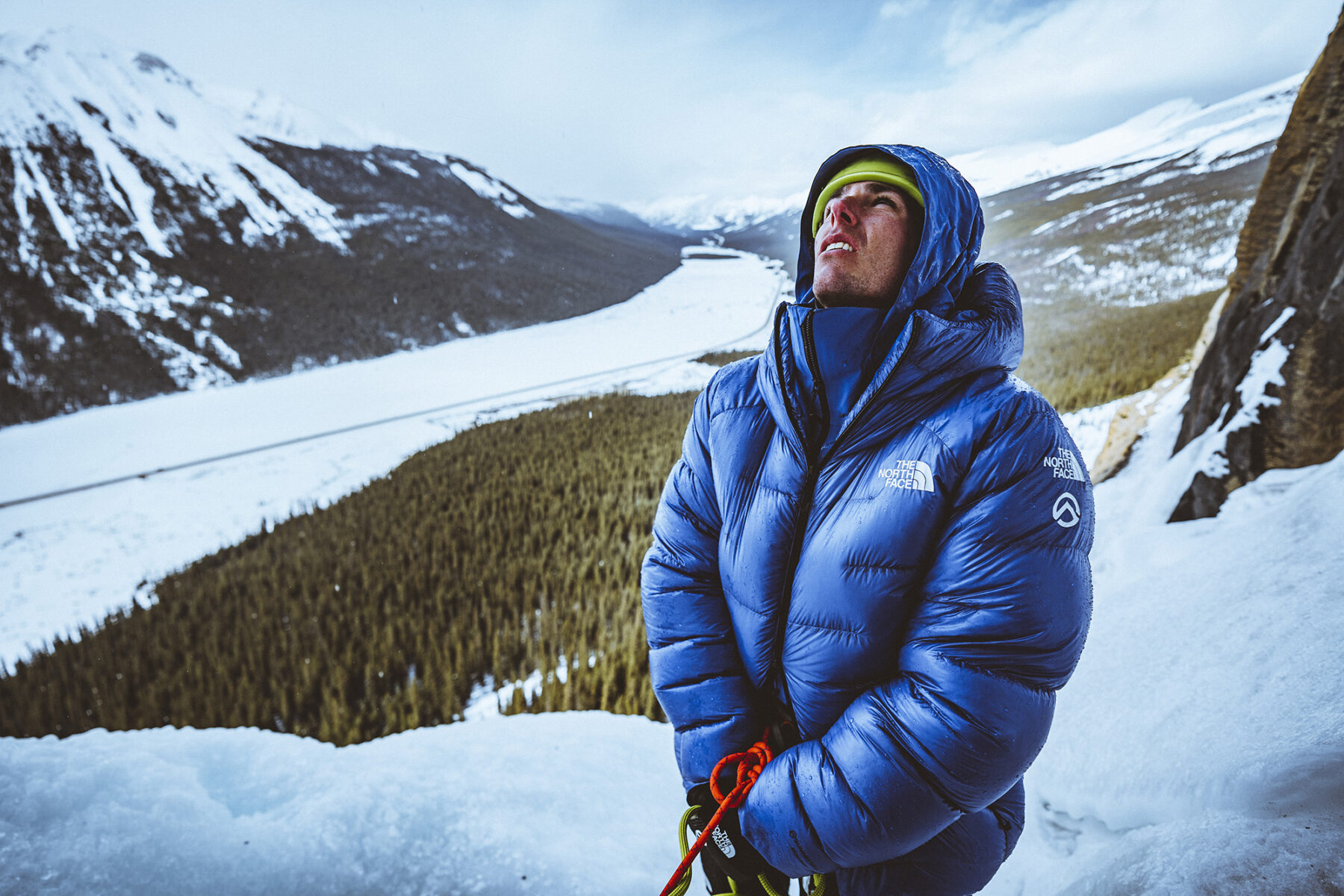
There are negatives to down, starting with its aversion to moisture; if down gets wet, it gets ‘stuck together’ and can no longer ‘loft’, thus not providing any air pockets for warm air to fill (note that there are ‘water-resistant’ down-fill products out there, which are the result of the down itself being treated by a Durable Water Repellent coating at a micro scale). There are also some insulated jackets that will primarily be of down-fill but will also include synthetic-fill in high-wear/high-moisture areas (such as the shoulders) to alleviate the impact of water.
The other negative is the fact that, whether goose- or duck-down, it is a by-product of these birds being raised as food, primarily. Note that most outdoor brands utilise ethical production of down and only use down from these sources, so check for a RDS (Responsible Down Standard) or Global Traceable Down Standard label. In terms of recycling and environmental impact, down is a natural fibre, so will disintegrate quickly, with no adverse effect on the environment.
Synthetic: Although these are generally ‘heavier’ for an equivalent warmth rating, a synthetic-fill insulated jacket usually offers more resistance to water and, even when wet, will provide a modicum of warmth (unlike down). The asking price of a synthetic-fill insulated jacket is generally cheaper across the board, too, while new technology has resulted in some synthetic fibre now being engineered to actually ‘breathe’ during strenuous activity, reducing the potential for a build-up of moisture (sweat) between you and the jacket’s inner. Brands such as Patagonia and The North Face offer jackets of this type.
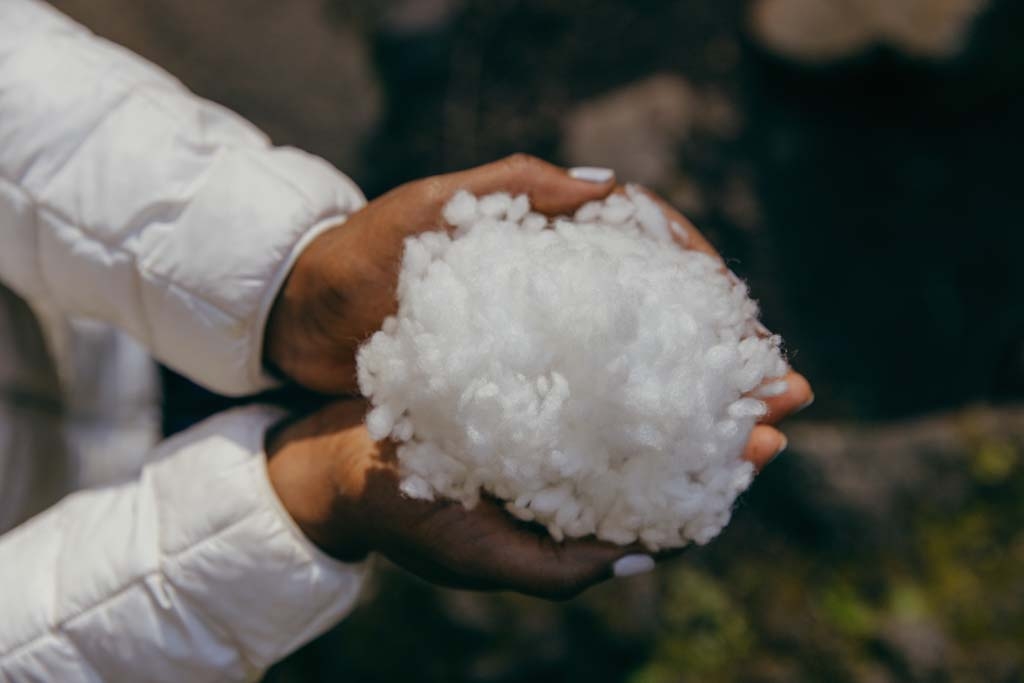
As with down, there are some negatives with synthetic-fill jackets, starting with the fact a synthetic-fill jacket will not compress – or pack down – as compact as a down equivalent, so will invariably take up a bit more space in your pack. More notably, synthetic fibre is a by-product of petroleum products, i.e., fossil fuels. Plus, the synthetic fibre takes a lot longer to disintegrate, and can end up in landfill – or, worse – in the ocean.
Regardless of the fill material – whether synthetic or down – if you do think you no longer need your insulated jacket, or that it does not perform as you expect, do the right thing and recycle it (or donate it to a charity/op-shop).
Essential features of an insulated jacket
Besides the type of fill – and how much of it – there are a number of other features to look for in an insulated jacket. This starts with fit and length; in cold weather, there is nothing worse than raising your arms up to grab something/climb higher and exposing your lower back to the cold. A jacket with a hip-length hem, or one that has a drop-hem at the back, is ideal, as it protects that part of your body no matter how ‘active’ you are when wearing it. Articulation (freedom of movement of the arms, shoulders, etc.) is also a key feature and, again, can easily be tested by moving your arms around up and down to see if the jacket lifts up to expose your torso to the elements.
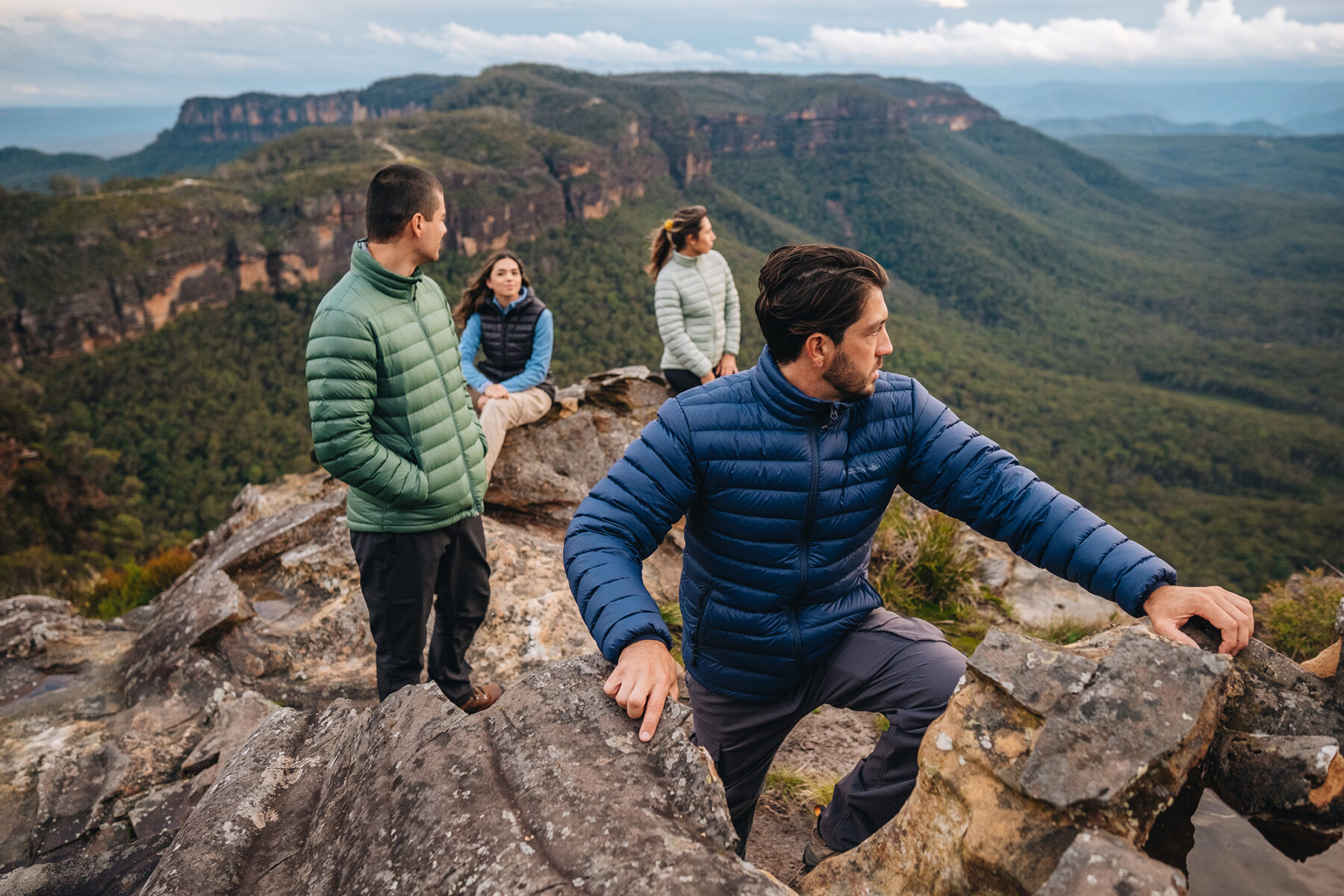
For further warming capacity, you can opt for a jacket with a hood and, if you’re an alpine adventurer, make sure that hood can also fit a helmet underneath it. Other features to look for include an adjustable hem (with easy to reach draw-cord) and an equally easy to reach/adjust draw-cord for the hood and/or collar. A free-flowing zip that does not snag on the jacket’s inner is a no-brainer, and make sure the zip toggles are large to allow for easy manipulation when wearing gloves. Two front – and deep – pockets with inner fleece are ideal, while an inner zip compartment is very handy, too. Most insulated jackets have a stow-bag, allowing you to compress it for storage in a backpack – these are great.
Boxes, baffles and chambers: Insulated jacket construction methods
The fill of an insulated jacket is held inside ‘chambers‘ between the outer and inner layers of the jacket. This chamber or ‘channel’ can be created in a few different ways. One of the most common is where the outer and inner layer fabrics are stitched through, thus creating that ‘channel’ or chamber which is then filled with down or synthetic fill.
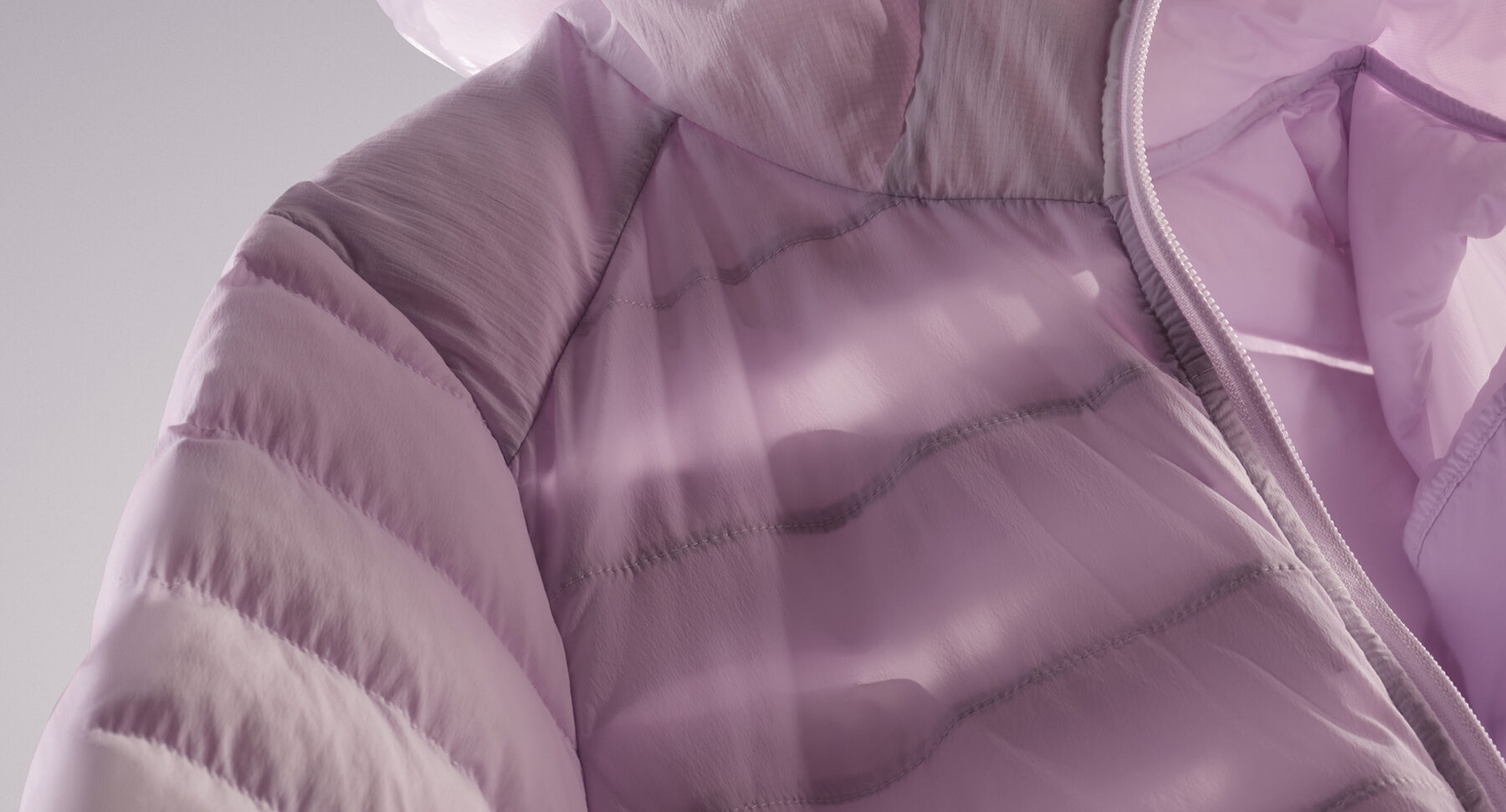
Another method is known as the box baffle, where the insulation is held in small chambers which are separate boxes (hence the name) created by fabric walls. Insulated jackets featuring this type of construction can be slightly heavier, owing to the additional fabric needed to create these boxes. This also makes them, in general, comparatively more expensive.
The third method is one that uses fabric welding or bonding, with the outer and inner layers joined by a heating process. There are no stitches in these jackets, so they can be warmer, due to no small holes for any heat to escape through. This also ups the wind- and water-resistant qualities of jackets featuring this type of construction.
The final word on the insulated jacket
So, there you go; there’s a lot more to that ‘cool’ puffer jacket than you may have first thought. There’s also no real clear winner in the synthetic vs natural fill argument, either, with both offering positives and negatives. Years ago, the answer to anyone asking for the ‘best insulated jacket’ would be steered toward a down-fill version but with the advancement of synthetic-fill technology, this answer is not so readily reached.
This writer has an original The North Face Thermoball (synthetic-fill) insulated jacket that has seen use for more than 10 years, during a cold Northern Hemisphere spring kayak expedition and a NZ ice-climbing adventure, through to chilly outback winters on a 4WD camping trip. I also own a (very) lightweight down-fill jacket which has seen similar service, but mostly when on multi-day treks, where weight and packed size is of primary importance. In short, these days, as long as you take care of your insulated jacket, you’ll get many years of reliable (and warm!) service from it.
In the end, the final choice of insulated jacket for you will come down to what your specific needs are for the conditions in which you find yourself most when in the outdoors – plus your budget. See Arc’teryx, Kathmandu, Macpac, Mountain Designs, The North Face and Patagonia for a wide range of insulated jacket options from these outdoor brands.
